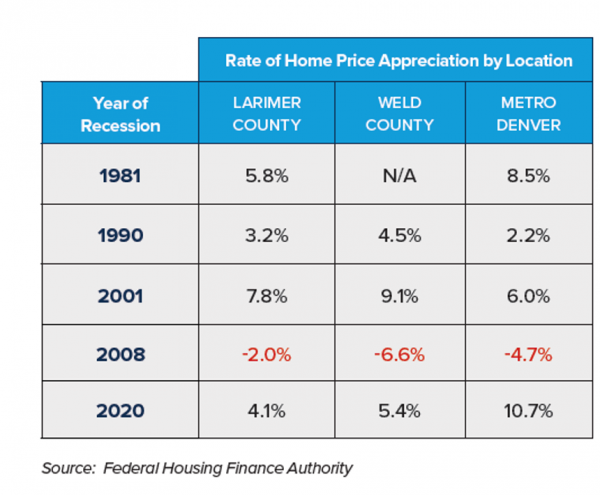Under 100
For the first time in a long time, the sale to list price ratio is below 100%.
This statistic measures the final sales price versus the listing price.
During the super-active market of the last 24 months, this number averaged over 100%.
This was a result of multiple offers and bidding wars which caused buyers to offer more than list price.
Now, the sale to list price ratio has dropped to below 100% as a result of a more balanced market.
These are the specific numbers in each of our markets:
Larimer County = 98%
Weld County = 99%
Metro Denver = 97%
The post Under 100 appeared first on Fort Collins Real Estate | Fort Collins Homes for Sale & Property Search.





